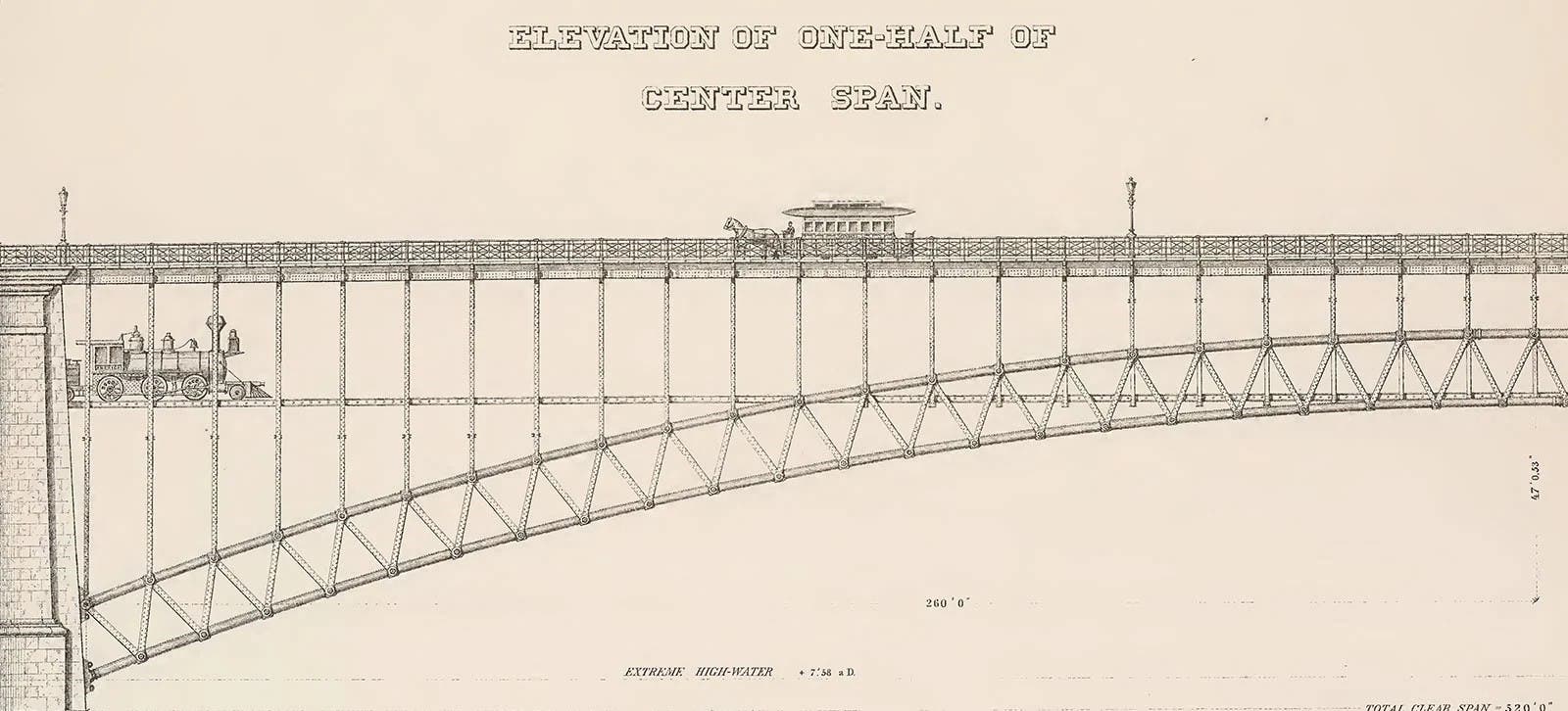Canals
Leonardo's Gate Design
Among the vast array of Leonardo's papers in Milan that are assembled together in the Codex Atlanticus is a remarkable drawing of a new canal lock. It is recognized as the first to show the best form for a water gate, and how another gate within the larger gate could serve to control the flow of water. Nearly all modern gates follow this principle, including the massive gates at Panama.
The design is for the lock at San Marco in Milan that was completed in 1497. The deceptively simple drawing is full of details for the miter gate, which superseded the portcullis type of gate previously used. It shows the miter and quoin posts, vertical wooden planks with horizontal and diagonal braces, iron sheathing for the joints, a brick floor underneath the gates, and a recess in the wall into which each gate folds. A detail of the wicket for letting water into the lock from the upper level is shown below the gate.
Leonardo's Canal Lock
Leonardo wrote a note in his manuscript collection of papers known as the Codex Atlanticus about the walls and foundations of the lock at San Marco:
"The lock of San Marco is of masonry on piles. The floor of the whole lock rests on a bed of gravel and lime, which, while still soft, was covered with crossbeams of green wood whose heads were buried in the same mortar. The other sides were laid close and spiked. In addition, the crossbeams were framed and nailed to the spikes."
Whether the Italian engineer Zonca ever read this note or not, he certainly was aware of Leonardo's design for the lock. The engraving of a canal lock in Zonca's book, which describes and illustrates a host of mechanical achievements of his time, provides a realistic interpretation of Leonardo's design. Three small boats are ready to leave the lock, an oval shaped brick basin, just as the miter gate is opened by workmen straining at the windlasses. The miter gate follows Leonardo's design, but Zonca also showed a single-leaf gate at the other end of the lock.

